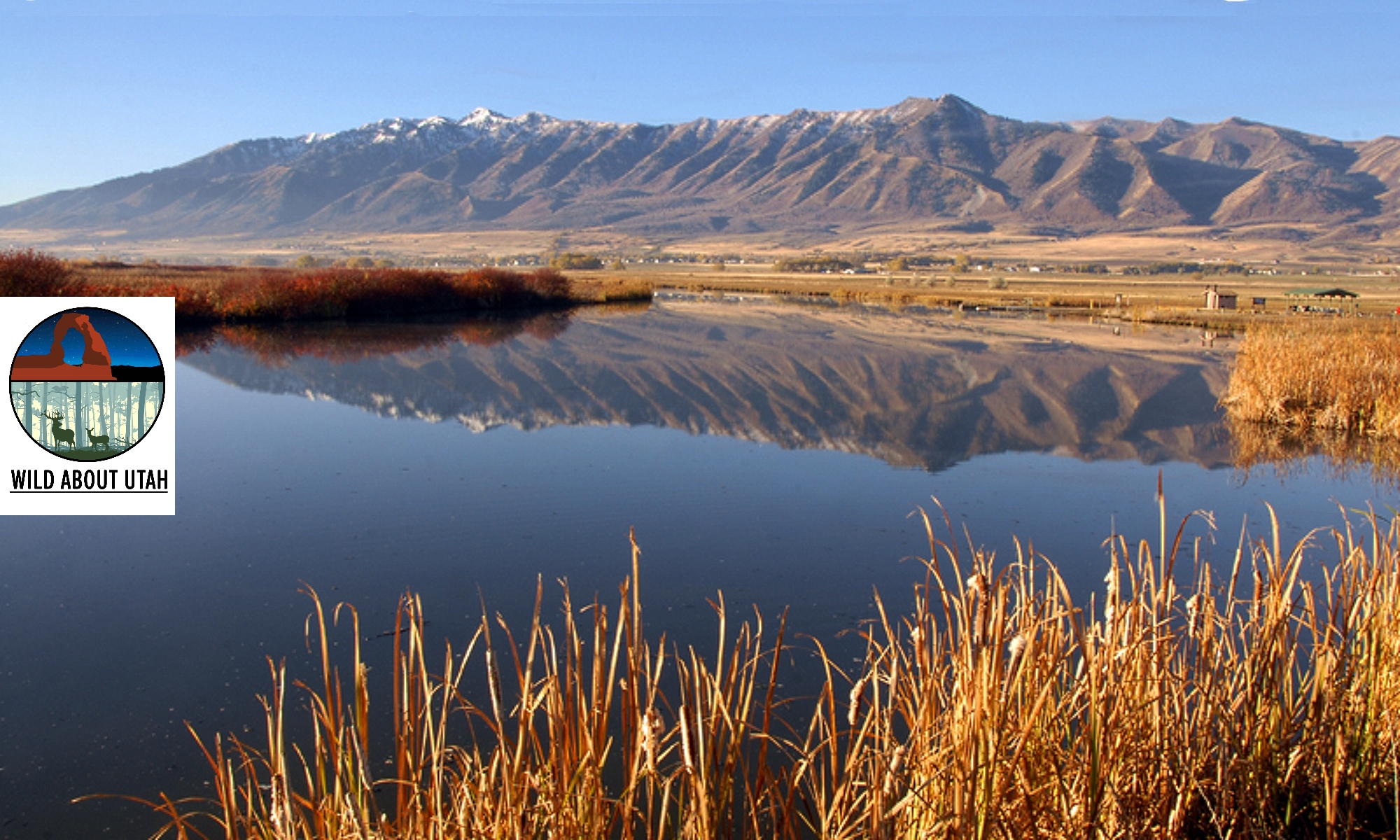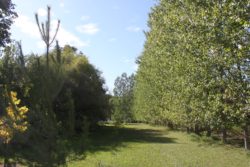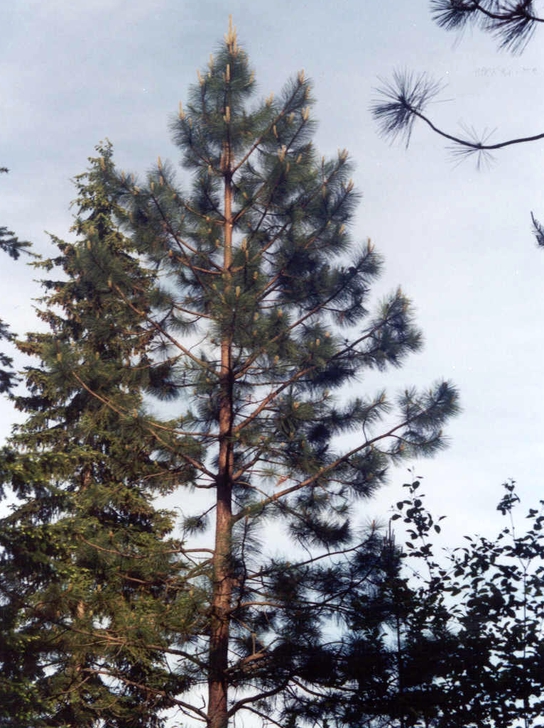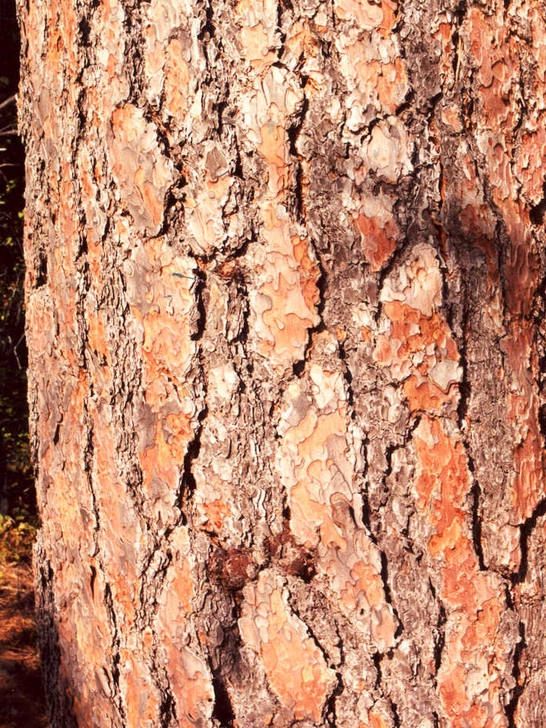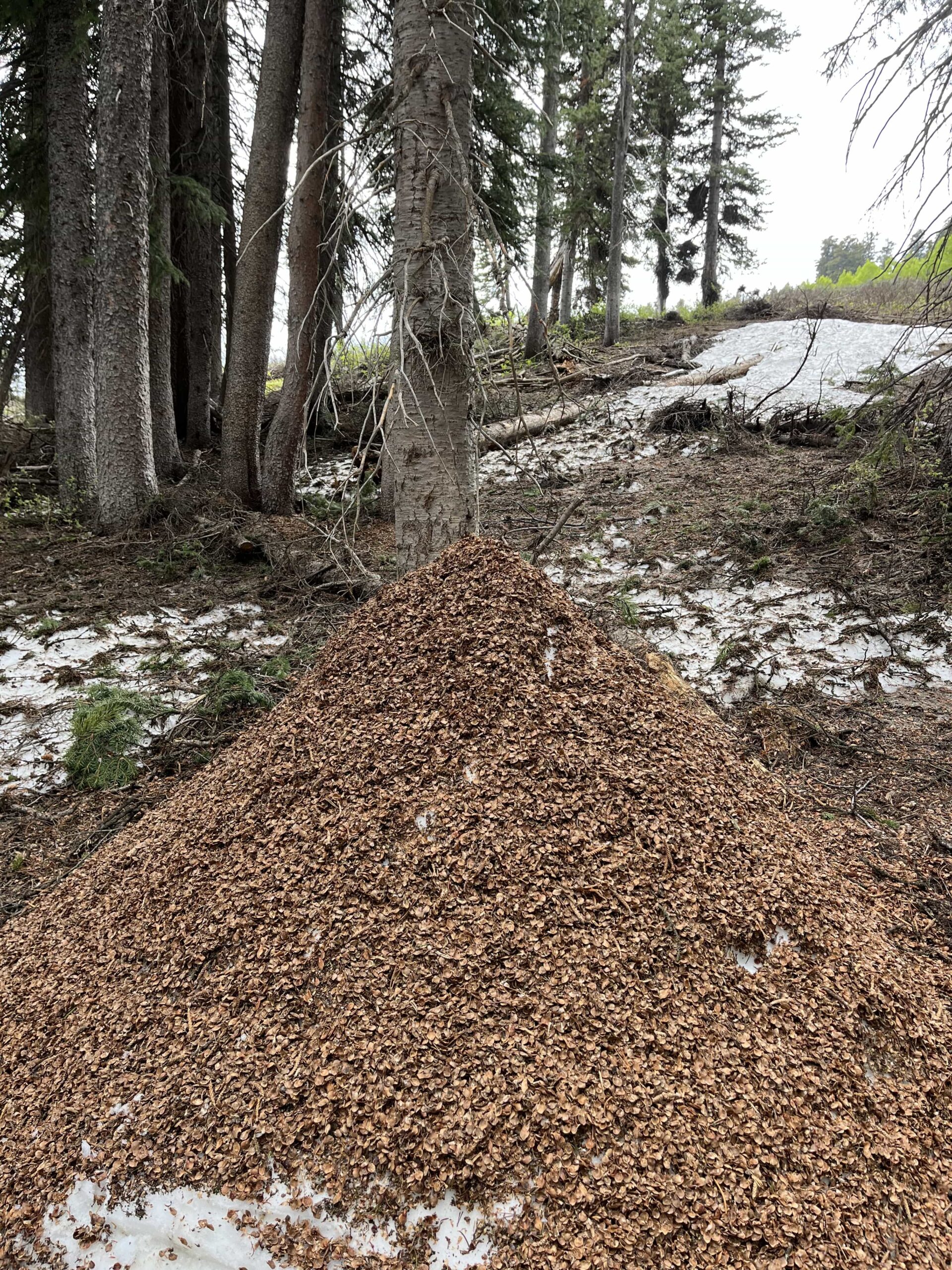
Courtesy & Copyright Shannon Rhodes
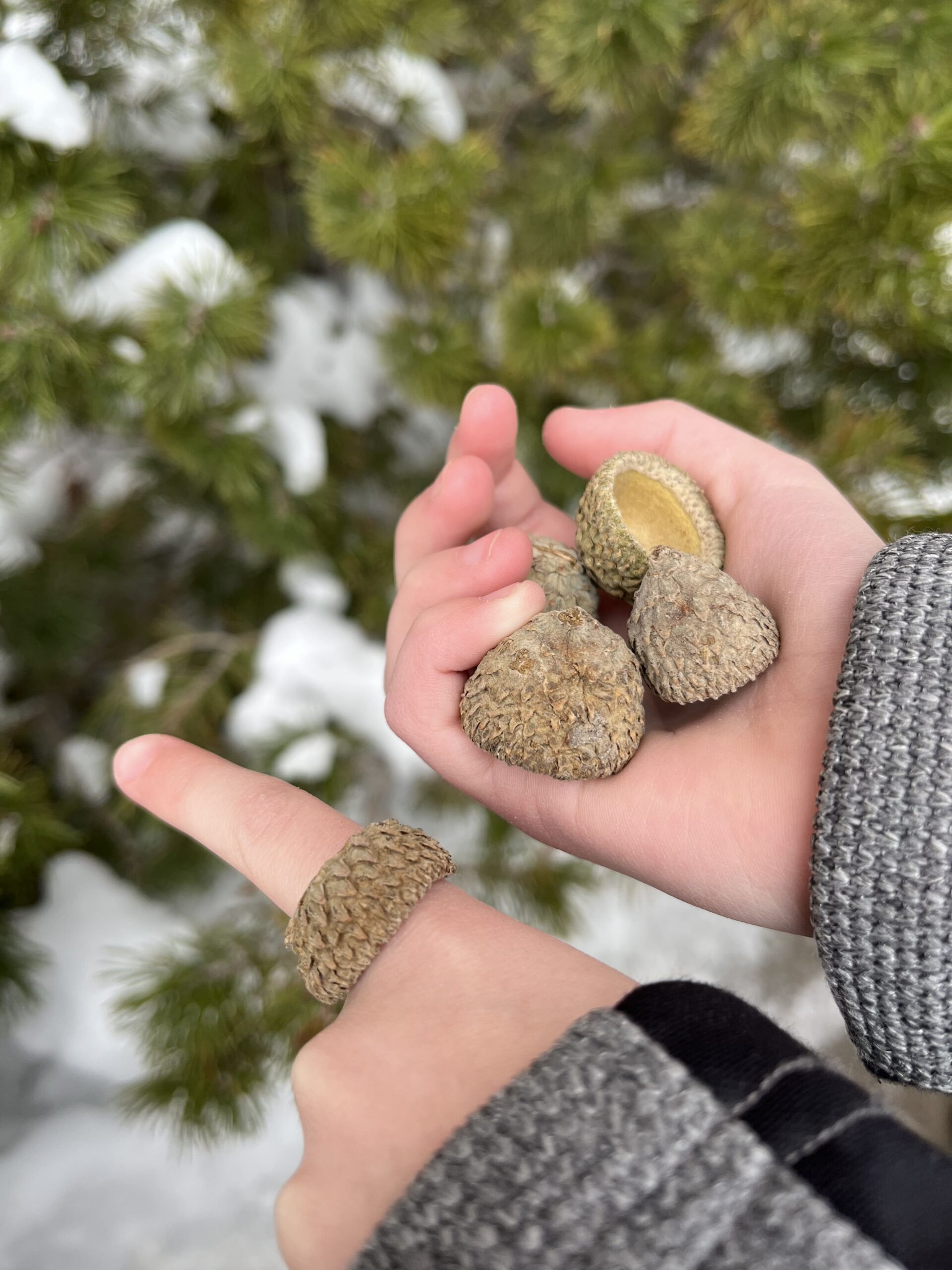 Nature Rings
Nature Rings
Courtesy & Copyright Shannon RhodesThe recent snows have made the sledding hill at Edith Bowen Laboratory School on the campus of Utah State University a popular place, but without snow, children flock at recess to the wild area under the oak trees to harvest acorns. I’ve invited one of these students, a seven-year-old first grader named Lila, to explain this phenomenon:
“You get an acorn and you rub the pointy bottom part and keep doing it for a bit and then you can put it on whatever finger it fits on and it turns into a nature ring.”
They trade them and then squirrel the rings away in their lockers. Sometimes they stop to notice the squirrels scolding above them in the trees, and one day I sat with them to appreciate a noisy one. Nibbling away, its eight black claws rotated the little nugget it was holding. Standing erect so I could see the whitish belly fur and bushy tail, it kept me in its sights as I sketched its silhouette and details in my nature journal.
The Natural History Museum of Utah sponsored another Squirrel Fest during the first week of December, and I should have been better prepared to identify it so I could participate in that project during the same month as the Christmas Bird Count. The NHMU website reports that more than 900 Utah citizen scientists watched for and collected data on fox squirrels and other squirrels in 2023. I know now that my squirrel wasn’t a fox squirrel native to the eastern U.S. Those critters are moving in. Actually, they have been spreading throughout northern Utah since 2011. I know mine was probably not that target species because the fox squirrel is larger and has a bright yellow or orange belly and a long, very bushy tail.
Here’s another story. One June afternoon last summer in the Cache National Forest, I stumbled upon a massive pile of evidence that squirrels had been busy, having stashed their food finds and then unpacking them. The pile of evergreen cone scale leftovers was over three feet tall. I had seen middens at the base of trees before, but never had I seen a pile this incredible. Even though it was a snow pile that the cone scales covered, the insulation slowing the melt, it was still monstrous.
As most of the students on the first day launching my first ever university writing class described themselves as writers with words like decent, ok, alright, unpolished, and mediocre, I thought about that pile of potential. They have stories, piles of stories to tell and teach, squirreled away maybe, but ready to thaw.
Just like Kate DiCamillo’s superpowered squirrel Ulysses in her children’s novel Flora and Ulysses, we all have stories to write. DiCamillo wrote, “He would write and write. He would make wonderful things happen. Some of it would be true. All of it would be true. Well….Most of it would be true.”
This year on January 21 we celebrate Squirrel Appreciation Day. But whether you watch and write about squirrels or anything else, we think it is time for you to get writing stories just as magical as nature rings made of acorns at recess.
For Wild About Utah, I’m Shannon Rhodes, and I am Lila Hoggan.
Credits:
Images: Courtesy & Copyright Shannon Rhodes, Photographer
Audio: Courtesy & © Friend Weller, https://upr.org/
Text: Shannon Rhodes and Lila Hoggan, Edith Bowen Laboratory School, Utah State University https://edithbowen.usu.edu/
Additional Reading Links: Shannon Rhodes
Additional Reading:
Wild About Utah Pieces by Shannon Rhodes, https://wildaboututah.org/author/shannon-rhodes/
DiCamillo, Kate. Flora and Ulysses. 2013. Candlewick Press. https://www.candlewick.com/cat.asp?mode=book&isbn=0763687642
Greene, Jack. Intelligent Tree Squirrels. Wild About Utah, Oct. 17, 2022. https://wildaboututah.org/intelligent-tree-squirrels/
Larese-Casanova, Mark. Nutcrackers and Squirrels: Farmers of the Forest. Wild About Utah, Aug. 26, 2013. https://wildaboututah.org/nutcrackers-squirrels-farmers-forests/
Natural History Museum of Utah. Utah Fox Squirrels. https://nhmu.utah.edu/citizen-science/utah-fox-squirrels
Strand, Holly. Rocky the Flying Squirrel. Wild About Utah, Nov. 26, 2009. https://wildaboututah.org/rocky-the-flying-squirrel/
